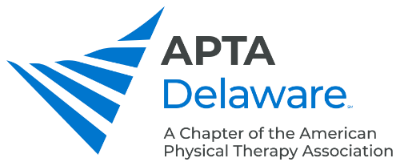(Source: PT in Motion News)
Authors of a new systematic review of neck pain interventions say that while it’s clear more research is needed, there is already moderate-to-strong evidence that both dry needling (DN) and ischemic compression (IC) can lessen pain intensity and increase range of motion, at least in the short-term. Evidence on the treatments’ effects in other areas associated with functionality and quality of life, however, is another story.
The review, e-published ahead of print in the American Journal of Physical Medicine & Rehabilitation (abstract only available for free), examined 15 clinical trials focused on trigger points (TPs) in the upper trapezius (UT) muscle in patients with neck pain, comparing either IC (7 studies) or DN (8 studies) with other interventions. None of the studies compared DN with IC.
The studies themselves varied in size (from 39 to 117 patients), and some employed more than 1 intervention (for instance, the use of stretching exercises in all groups in some studies), but all were limited to randomized clinical trials in which all participants had neck pain with active or latent TPs in the UT—a feature of myofascial pain syndrome. Only studies that focused on the therapeutic effects of treatment were included, with articles about side effects or complications excluded.
